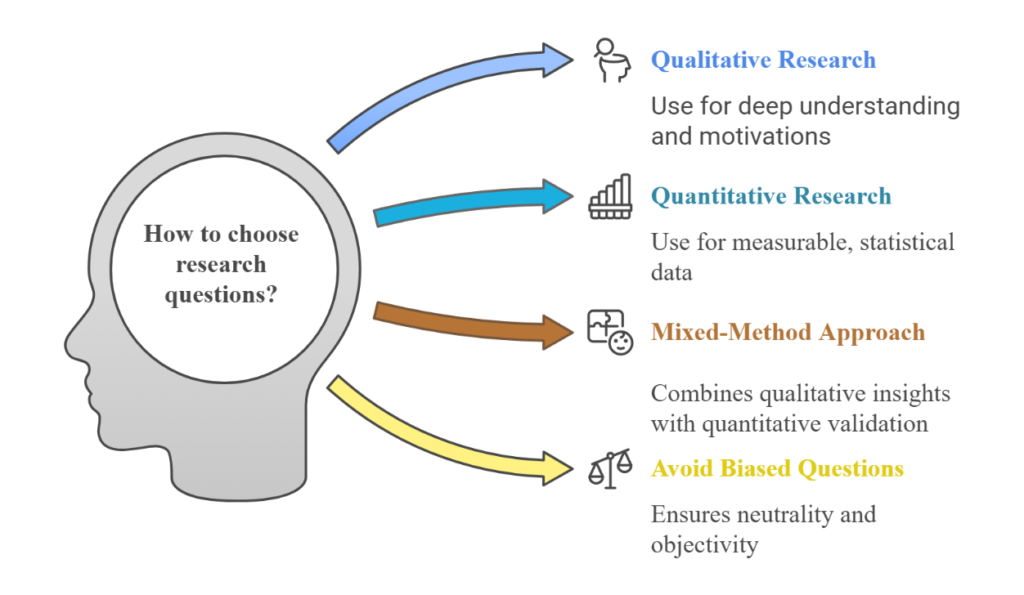In marketing, the right answers come from asking the right questions. To do this effectively, it’s crucial to understand the purpose behind your research so that every question leads to actionable insights. Once you have a clear research objective, the questions you design and the insights you gather will depend on whether you choose qualitative or quantitative research methods. Think of research as a GPS, if you input the wrong destination (question), you’ll end up lost in irrelevant data wasting time, money, and effort.
A perfect example is Coca-Cola’s failed ‘New Coke’ launch in 1985, if they had asked the right qualitative questions about why people loved the original, they could have avoided one of the biggest product flops in history. Learn more about it in my article The KPI Trap: How Misleading Data Can Cost Your Business Millions

What types of research questions are better suited for qualitative vs. quantitative research?
Qualitative research questions are all about exploring why people think, feel, and behave a certain way. They are ideal for understanding emotions, motivations, experiences and most important, pain points. You want to use questions like:
- “What challenges do you face when choosing a skincare brand?”
- “How does this product make you feel?”
When crafting qualitative research questions, avoid leading or biased phrasing that can steer respondents toward a specific answer. For example, instead of asking:
✔️ “What challenges do you face when choosing a skincare brand?”
An ineffective version would be:
✖️“Do you find that most skincare brands fail to meet your needs?” which assumes dissatisfaction.
The key is to keep questions open-ended and neutral to gather authentic insights.

Quantitative research, on the other hand, is data-driven and measures what is happening and to what extent. It provides statistical insights that help your business make evidence-based decisions. It’s best for structured questions like:
- “On a scale of 1-10, how likely are you to recommend our product?
- “Which of the following features is most important to you? And then mention the features”
The key is to ensure that questions are clear, specific, and measurable while avoiding ambiguity or double-barreled phrasing. For example, a well-structured question like:
✔️“On a scale of 1-10, how likely are you to recommend our product?” provides a clear, quantifiable response.
A poor version would be:
✖️“Do you think our product is good and worth recommending?” This combines two different aspects (quality and recommendation) into one, making it difficult to interpret results accurately.
If you’re launching a new product, combine qualitative research to uncover customer needs and emotions with quantitative data to validate demand and measure interest. A balanced approach ensures stronger, data-backed marketing strategies that drive real results.
Next time you create a survey or conduct an interview, take a moment to double-check your questions: Are they leading? Are they neutral? Are they truly helping you get the insights you need? And do not forget to test them before launching.
